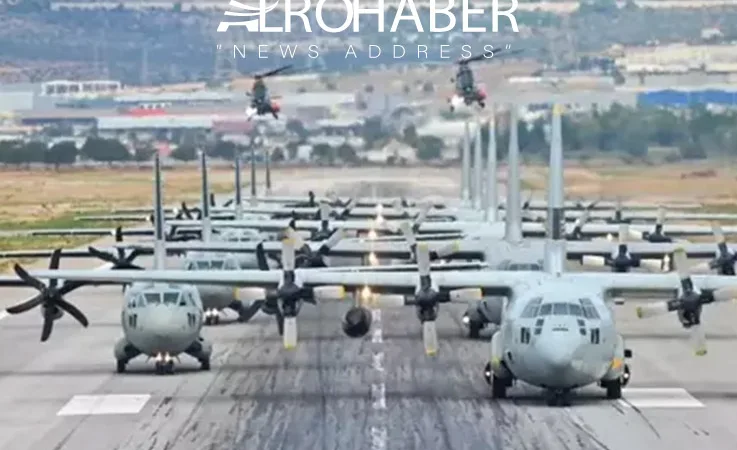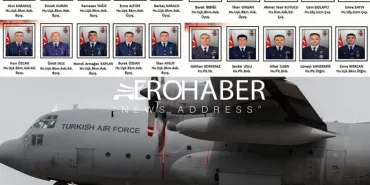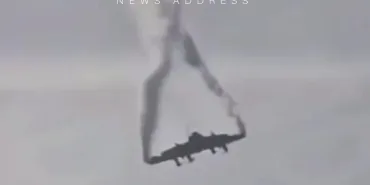A C-130 type military transport aircraft belonging to the Turkish Air Force disappeared from radar in Georgian airspace 27 minutes after taking off from Azerbaijan’s Ganja Airport on 11 November. All 20 military personnel on board, including the crew, lost their lives in the crash.
Condolences and Support from Brother Nations
Immediately following the tragedy, Azerbaijani President Ilham Aliyev and government officials extended their condolences to Turkey, expressing their readiness to provide all necessary assistance. A criminal investigation was launched in Georgia regarding the incident, and the crash site was secured. Turkish authorities are conducting the investigation jointly with Georgian officials.
Two Possible Technical Causes Under Examination
Although official statements were released promptly, unverified claims about the incident continue to circulate on social media. However, initial technical assessments indicate that the crash may have occurred due to one of two possible causes:
Age of the aircraft and fuselage corrosion:
It was reported that the C-130 had been in service for many years, with its last major maintenance carried out in 2020. Therefore, the possibility of structural weakening due to corrosion on the fuselage is being evaluated. A similar situation was observed in a C-130 crash that occurred in Afghanistan in 2015.
To date, approximately 20 accidents involving this type of aircraft have been recorded. Two of these occurred in Turkey, in 1968 and 1982. In 1968, a C-130 crashed near Manisa during landing.
Incorrect cargo restraint:
Another possibility under consideration is a failure in the cargo restraint system during flight. A shift in the load may have disrupted the aircraft’s balance, causing damage to its structural integrity.
No Indication of External Interference
Officials emphasised that there was no sign of external interference in the accident. While traces of external impact were found on an aircraft belonging to Azerbaijan Airlines that crashed in Kazakhstan last year, no similar damage was detected on the C-130’s fuselage.
It was reported that the aircraft remained at Ganja Airport for about two hours, during which no external contact or security breach occurred. On board were F-16 maintenance teams returning from a military parade. The personnel had undergone all security checks prior to the flight. Authorities confirmed that no explosives were on board and that the aircraft was carrying only spare mechanical parts for F-16s.
Black Boxes Expected to Be Found Soon
As the crash site is located on flat terrain, the identification of the black boxes is expected to be completed shortly. Officials stated that, once data is obtained, all details concerning the cause of the crash will be clarified in the coming days.
The investigation is being jointly conducted by Turkey and Georgia, with Azerbaijan providing logistical and technical support since the first moments of the incident.

Aero Haber X-Twitter you can follow his account. Follow









